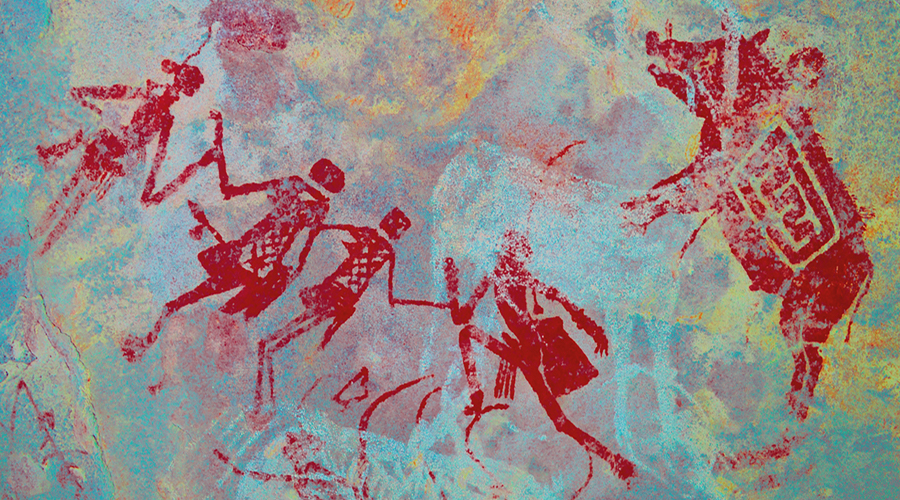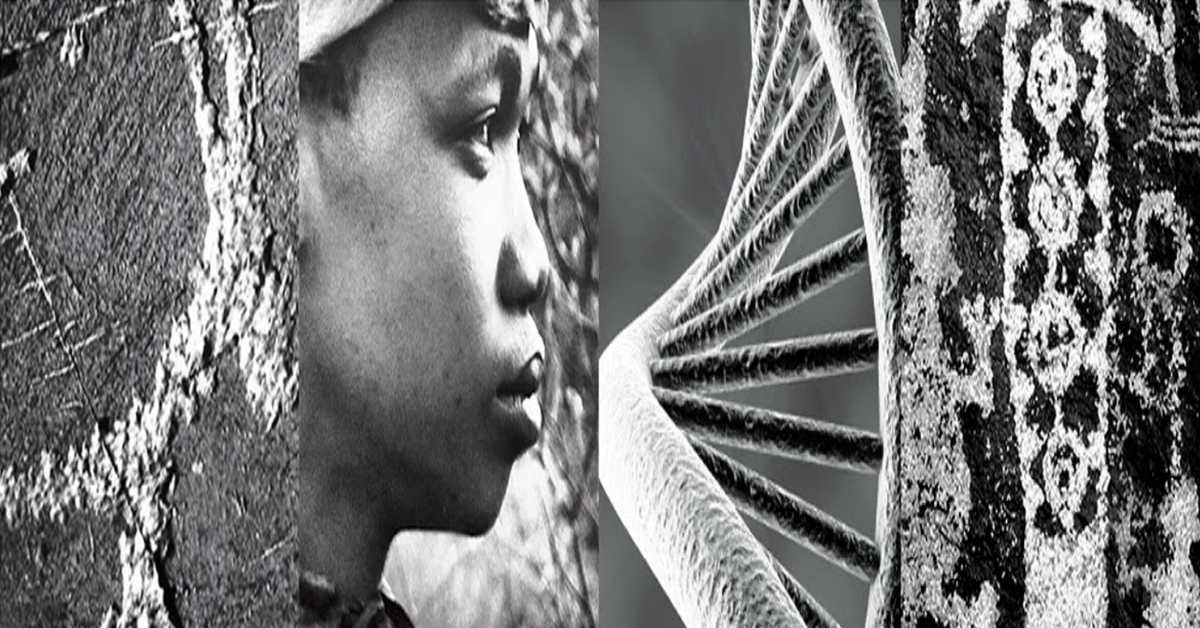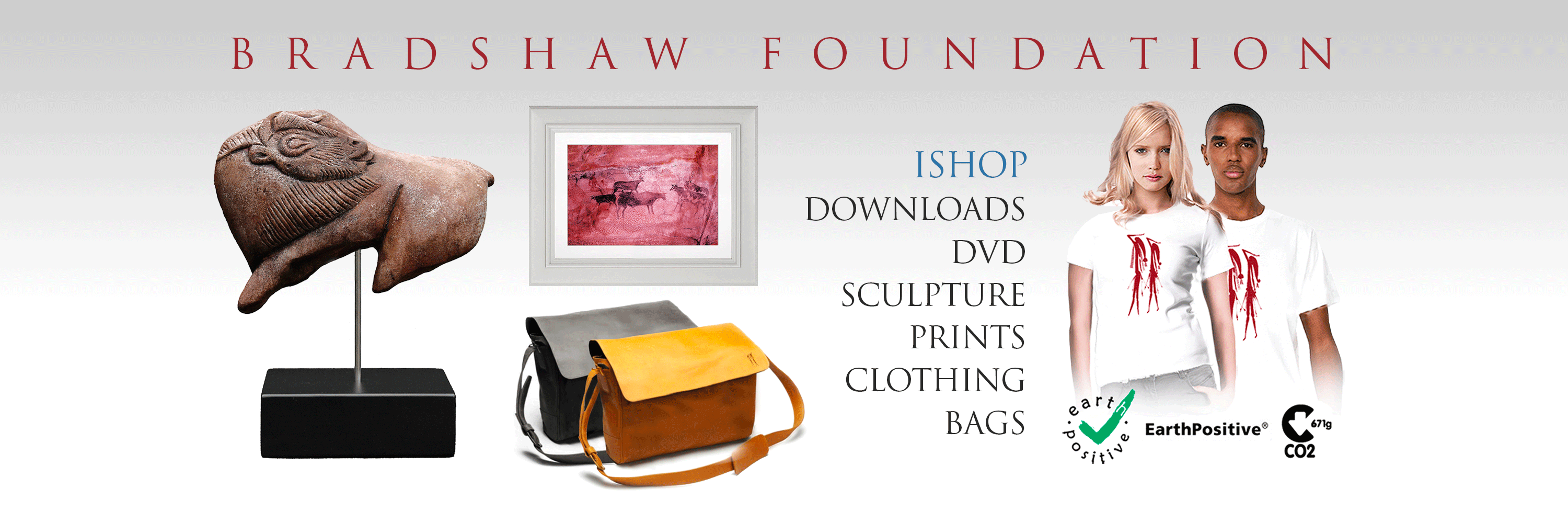


An article by Melissa Rodman in the The Harvard Crimson - 45,000-Year-Old Bone Connects Modern Humans to Neanderthals - reflects on the recent paper in the journal Nature concerning the discovery and research of a 45,000-year-old specimen. Through this, evolutionary geneticists have determined that the ancestors of modern humans and present-day people of Eurasian descent have similar levels of Neanderthal DNA.

The findings, which come from genome sequencing performed at the Max Planck Institute for Evolutionary Anthropology in Germany, may shed new light on the human mutation rate over time. The paper itself - Genome sequence of a 45,000-year-old modern human from western Siberia - is authored by Qiaomei Fu et al, and stems from the discovery of an ancient modern femur bone on a river bank in western Siberia.
Abstract: We present the high-quality genome sequence of a ~45,000-year-old modern human male from Siberia. This individual derives from a population that lived before - or simultaneously with - the separation of the populations in western and eastern Eurasia and carries a similar amount of Neanderthal ancestry as present-day Eurasians. However, the genomic segments of Neanderthal ancestry are substantially longer than those observed in present-day individuals, indicating that Neanderthal gene flow into the ancestors of this individual occurred 7,000 to 13,000 years before he lived.
The bone, discovered by artist and amateur paleontologist Nikolai Peristov, was submitted to scientists in Omsk. The initial radiocarbon dates were so surprising they tested again.
Both tests confirmed that the sample was from Siberia and dated to 45,000 years ago, suggesting that early modern human migrations into Eurasia were not solely via the route or routes suggested by previous models. Moreover, the genetic makeup indicated that the specimen's ancestors interbred with Neanderthals close to the time of the major expansion of modern humans out of Africa and the Middle East, therefore the original settling patterns may also have to be reassessed. Current DNA testing processes will be able to help with this; archaeology is no longer just about discoveries but about unveiling actual life histories.
Scientists found that the specimen's genome was broadly similar to that of present-day humans, but they also noted that it contained longer segments of Neanderthal DNA, suggesting that the ancestors of the specimen mixed with Neanderthals approximately 7,000-13,000 years before the modern humans lived; the sample is close to modern humans, but closer to the Neanderthal.
Analysis at the Max Planck Institute is allowing new insight into human evolution; ancient DNA provides an independent estimate of the human mutation rate. In other words, helping understand where humans come from and how long they have inhabited different parts of the planet.
View the Bradshaw Foundation's Journey of Mankind Genetic Map:
http://www.bradshawfoundation.com/stephenoppenheimer/index.php
Read more in our Origins section:
http://www.bradshawfoundation.com/origins/index.php
by Bradshaw Foundation
Tuesday 21 March 2023
by Bradshaw Foundation
Tuesday 07 February 2023
by Bradshaw Foundation
Thursday 19 May 2022
by Bradshaw Foundation
Tuesday 19 October 2021
by Bradshaw Foundation
Friday 25 June 2021
by Bradshaw Foundation
Monday 09 November 2020
by Bradshaw Foundation
Tuesday 03 November 2020
by Bradshaw Foundation
Wednesday 28 October 2020
by Bradshaw Foundation
Tuesday 23 June 2020
by Bradshaw Foundation
Thursday 04 June 2020
by Bradshaw Foundation
Thursday 14 May 2020
by Bradshaw Foundation
Tuesday 12 May 2020
by Bradshaw Foundation
Wednesday 19 February 2020
by Bradshaw Foundation
Tuesday 21 January 2020
by Bradshaw Foundation
Monday 20 January 2020
by Bradshaw Foundation
Thursday 28 November 2019
by Bradshaw Foundation
Tuesday 21 March 2023
by Bradshaw Foundation
Tuesday 07 February 2023
by Bradshaw Foundation
Thursday 19 May 2022
by Bradshaw Foundation
Tuesday 19 October 2021
by Bradshaw Foundation
Friday 25 June 2021
by Bradshaw Foundation
Monday 09 November 2020
by Bradshaw Foundation
Tuesday 03 November 2020
by Bradshaw Foundation
Wednesday 28 October 2020
by Bradshaw Foundation
Tuesday 23 June 2020
by Bradshaw Foundation
Thursday 04 June 2020
by Bradshaw Foundation
Thursday 14 May 2020
by Bradshaw Foundation
Tuesday 12 May 2020
by Bradshaw Foundation
Wednesday 19 February 2020
by Bradshaw Foundation
Tuesday 21 January 2020
by Bradshaw Foundation
Monday 20 January 2020
by Bradshaw Foundation
Thursday 28 November 2019
Friend of the Foundation











